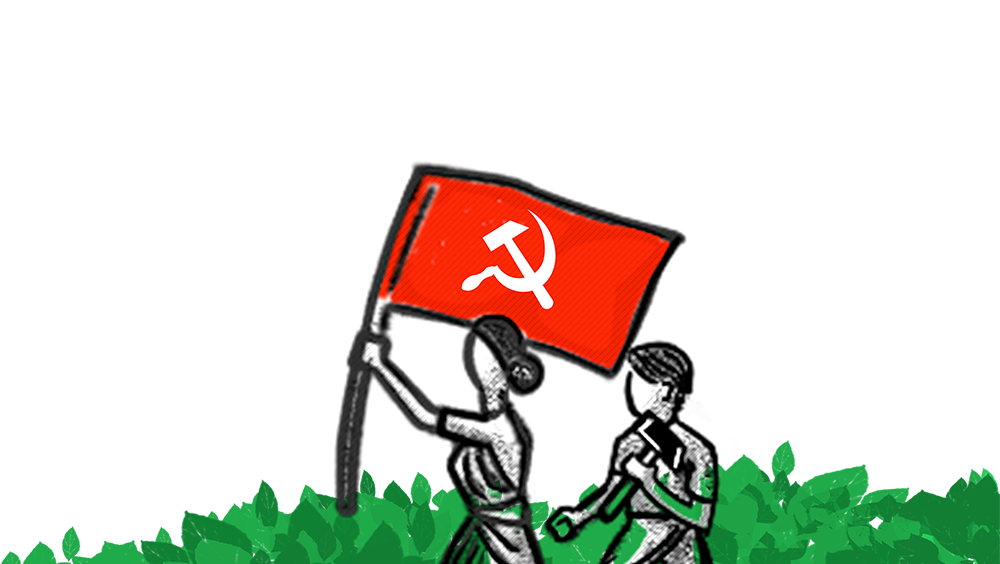While civilians in Gaza
are subjected to intense airstrikes targeting homes, mosques, medical
centers, schools, and all forms of civilian infrastructure, the Israeli
army is recycling terminology from the archives of the Nakba—as though
killing and destroying Palestinians is not a crime, but rather a
continuation of an unfinished master plan. "Gideon’s Chariots" is not
just a name; it is a title for a colonial policy that regards
Palestinian land as an incomplete project, seeing every act of
aggression as an opportunity to eliminate what remains of resistance and
to crush the collective Palestinian spirit that refuses to accept death
in silence.
The painful irony is that this aggression is
unfolding while the world once again stands by as a spectator. The
international community, which has long ignored the violations of the
occupation, now contents itself with timid condemnations—if any—while
Israel is granted full impunity to commit its aggression under the guise
of “self-defense.” But the facts on the ground reveal the truth: the
first and last victim is the Palestinian people, and the perpetrator is
the same force that used violence to expel the people of Beisan, Jaffa,
and Haifa more than seventy years ago. History is repeating itself in a
brutal fashion—but this time, it is documented in sound and image,
visible to the whole world, which chooses to cover its ears and shut its
eyes.
Today in Gaza, it is not only the resistance that is
under attack—but the very concept of life. Homes are leveled to the
ground with their inhabitants inside, roads turn into mass graves,
hospitals overflow with martyrs and the wounded, and children are born
under the bombs, knowing childhood only through the fantasies of
stories. In this grim scene, Palestinians are once again redefining the
meaning of steadfastness, affirming that memory is stronger than
displacement, and that remaining on the land—despite the siege—is an act
of resistance as vital as any battle fought with weapons.
"Gideon’s
Chariots" may carry military meaning for the Israeli army, but for
Palestinians, it signifies the continuation of a crime. It confirms that
the Nakba was not a passing moment in history, but an ongoing
trajectory that demands awareness and resistance. Despite the
destruction, Palestinians cling to their rights, raise their voices,
document the occupation’s crimes, and build their narrative against all
efforts at erasure. Just as Beisan was never forgotten, neither will
Gaza be. Just as the people of Galilee, Lydda, and Ramla resisted, so
too do Gaza, the West Bank, Jerusalem, and the diaspora resist
today—united in destiny, undivided by distances or barbed wire.
Israel
may think that by repeating the names of its operations, it can control
the narrative. But history is not written only from the podiums of
generals—it is written also among the rubble of homes, in the cries of
mothers, and in the eyes of children born to the sound of bombs, yet who
refuse to live as eternal victims. The name Israel chose for its
assault will never confer legitimacy; rather, it will stand as one more
piece of evidence of the racism of a project still feeding on
Palestinian blood and sustained by global silence.
In the end, no
name can alter the truth: there is a living people, fighting for their
freedom, refusing to be just another casualty in the archives of power.
And no matter how arrogant the occupation becomes, the Palestinian
people's consciousness, deep-rooted identity, and just cause will remain
stronger than all of Gideon’s chariots.
(Mustafa Balqis is a leader of DFLP Palestine)





